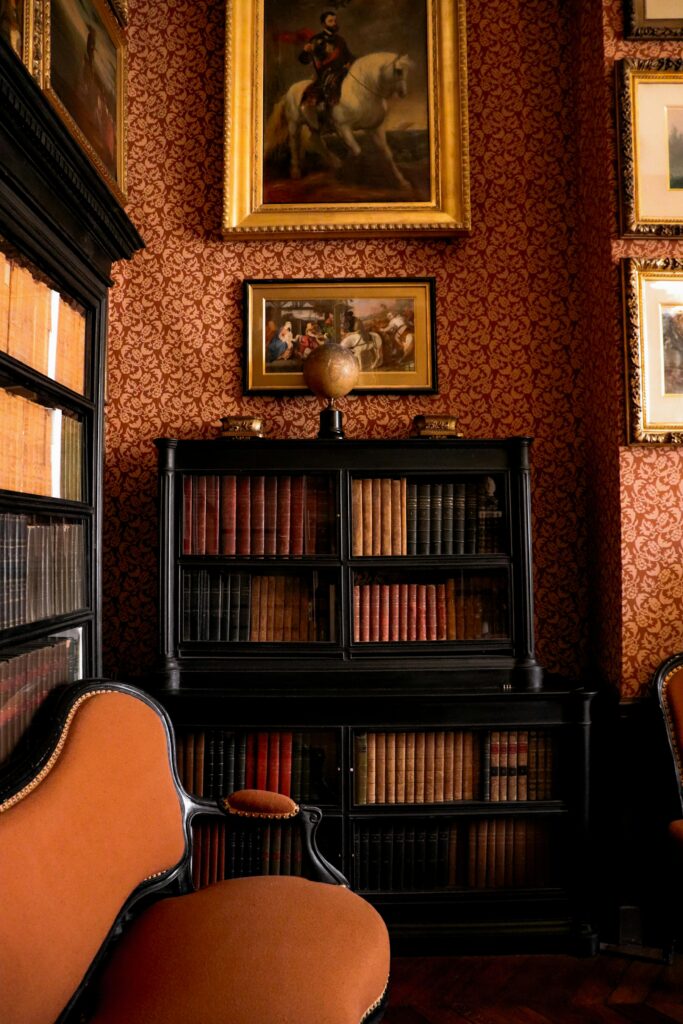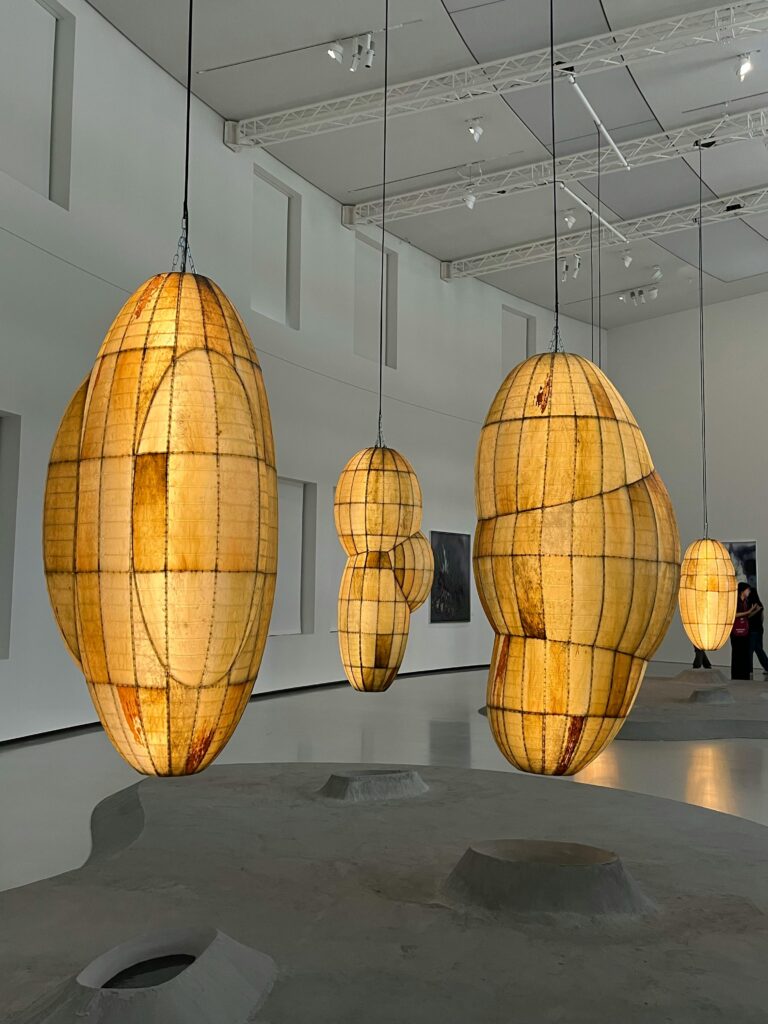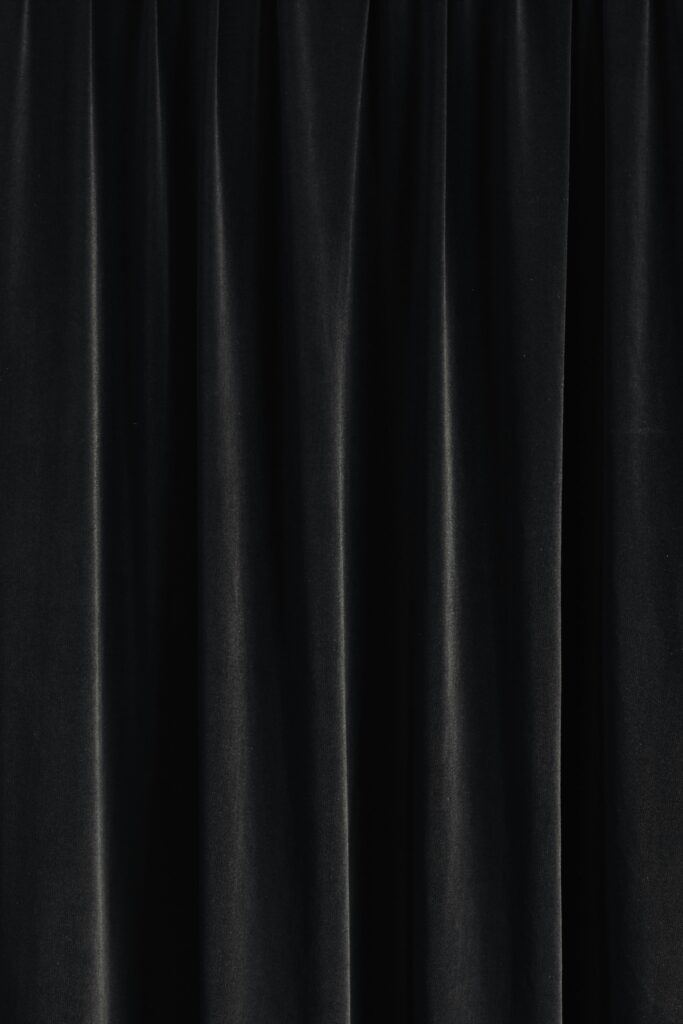Imagine walking into a gallery where every surface, lighting fixture, and spatial element has been orchestrated to transform art from mere objects into transcendent experiences. In Dubai’s rapidly evolving cultural landscape, the design of luxury art galleries represents a profound shift from traditional white-box spaces to sophisticated environmental narratives that rival the artworks themselves. By 2026, discerning collectors and cultural institutions are discovering that exceptional gallery design doesn’t just display art—it creates an immersive dialogue between space, viewer, and masterpiece that can increase visitor engagement by up to 40% and significantly enhance perceived value of collections.
The art of architectural curation: where space becomes storytelling
Dubai’s luxury art gallery design has evolved beyond conventional display methods into a sophisticated discipline where architectural elements function as curatorial tools. Premier museum and private collection specialists now approach each project as a three-dimensional narrative, where lighting, circulation patterns, and spatial sequences guide visitors through carefully orchestrated emotional journeys.
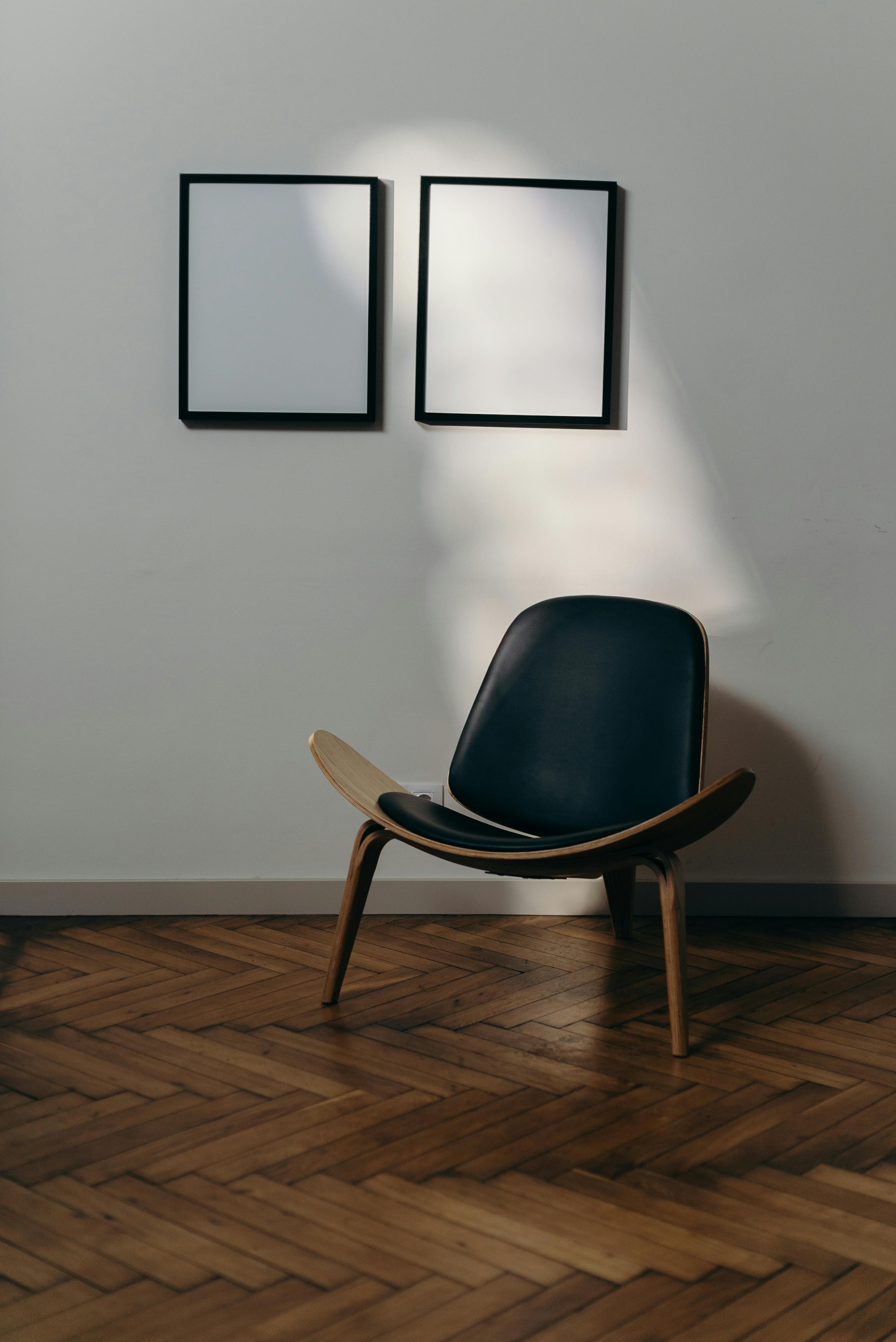
This Photo was taken by cottonbro studio.
The most successful gallery designers understand that elite art collectors seek environments that enhance the contemplative experience while protecting invaluable investments. This requires mastering the delicate balance between environmental control, aesthetic sophistication, and functional flexibility. Contemporary gallery design now incorporates advanced climate systems that maintain precise temperature and humidity levels while remaining virtually invisible to visitors.
Leading design specialists emphasize the importance of creating “breathing space” around artworks—generous proportions that allow pieces to command attention without competing with architectural elements. This principle extends beyond mere square footage to encompass sight lines, acoustic design, and the psychological comfort of viewers as they engage with significant cultural works.
Revolutionary lighting technologies for artistic preservation
The integration of cutting-edge LED systems and fiber optic solutions has transformed how galleries illuminate precious collections. Modern installations feature programmable lighting that adapts throughout the day, maintaining optimal viewing conditions while minimizing UV exposure that can damage sensitive materials over decades.
| Lighting Technology | UV Emission | Color Accuracy (CRI) | Energy Efficiency |
|---|---|---|---|
| Traditional Halogen | High | 95-100 | Low |
| LED Art Lighting | Minimal | 90-98 | Exceptional |
| Fiber Optic Systems | Zero | 85-95 | Moderate |
These technological advances enable designers to create dramatic lighting scenarios that shift focus throughout exhibitions while maintaining conservation standards that protect investments worth millions of dollars.
Cultural authenticity meets contemporary sophistication
Dubai’s position as a global cultural crossroads influences how luxury galleries integrate regional heritage with international aesthetic standards. The most compelling spaces reflect this cultural dialogue through subtle architectural references, material choices, and spatial concepts that honor local traditions while embracing cosmopolitan sensibilities.
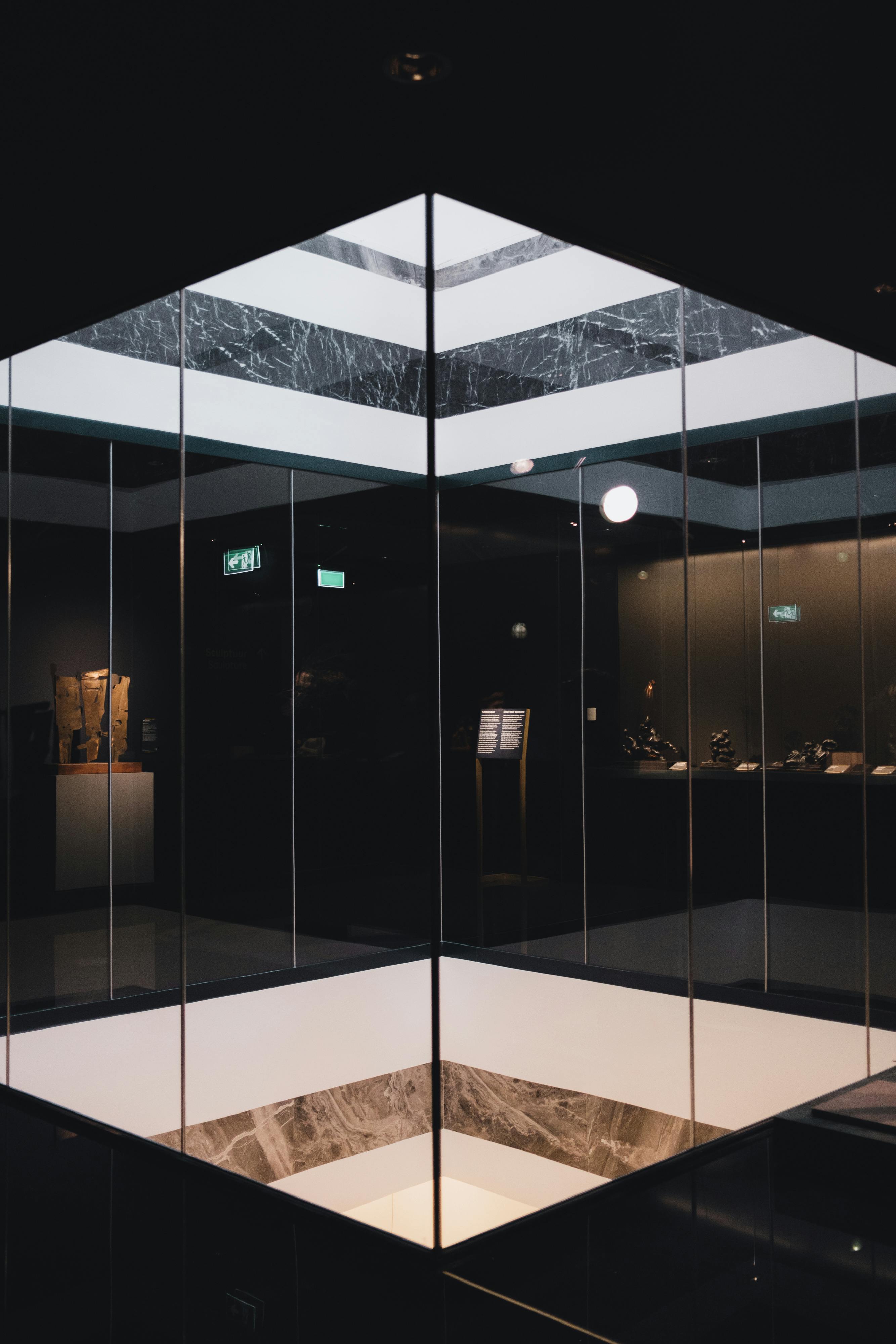
This Photo was taken by Laura Paredis.
Private collection specialists often incorporate elements inspired by traditional Emirati architecture—such as geometric patterns, natural stone, and strategic use of shadows—into contemporary gallery designs. These references create cultural resonance without compromising the neutral backdrop that allows artworks to take center stage. The approach parallels trends seen in luxury residential design where heritage meets modernity.
The integration extends to material palettes that reflect Dubai’s landscape while meeting the stringent requirements of museum-quality environments. Designers select finishes that minimize reflection and glare while contributing to the overall aesthetic narrative of the space.
Flexible exhibition systems for dynamic programming
Modern luxury galleries require adaptability to accommodate rotating exhibitions, private viewings, and special events. Advanced modular systems allow walls to be reconfigured, lighting to be adjusted, and spatial flow to be modified without compromising the sophisticated atmosphere that elite collectors expect.
This flexibility becomes particularly important for private collectors who may wish to loan pieces to museums or host exclusive cultural events. Gallery spaces designed with this versatility can transform from intimate viewing rooms to reception venues while maintaining their primary function as sophisticated art environments.
Technology integration that enhances without overwhelming
The most successful luxury gallery designs incorporate advanced technological systems that operate seamlessly in the background while enabling extraordinary visitor experiences. Digital integration includes everything from invisible security systems to interactive elements that provide contextual information without disrupting contemplative viewing.
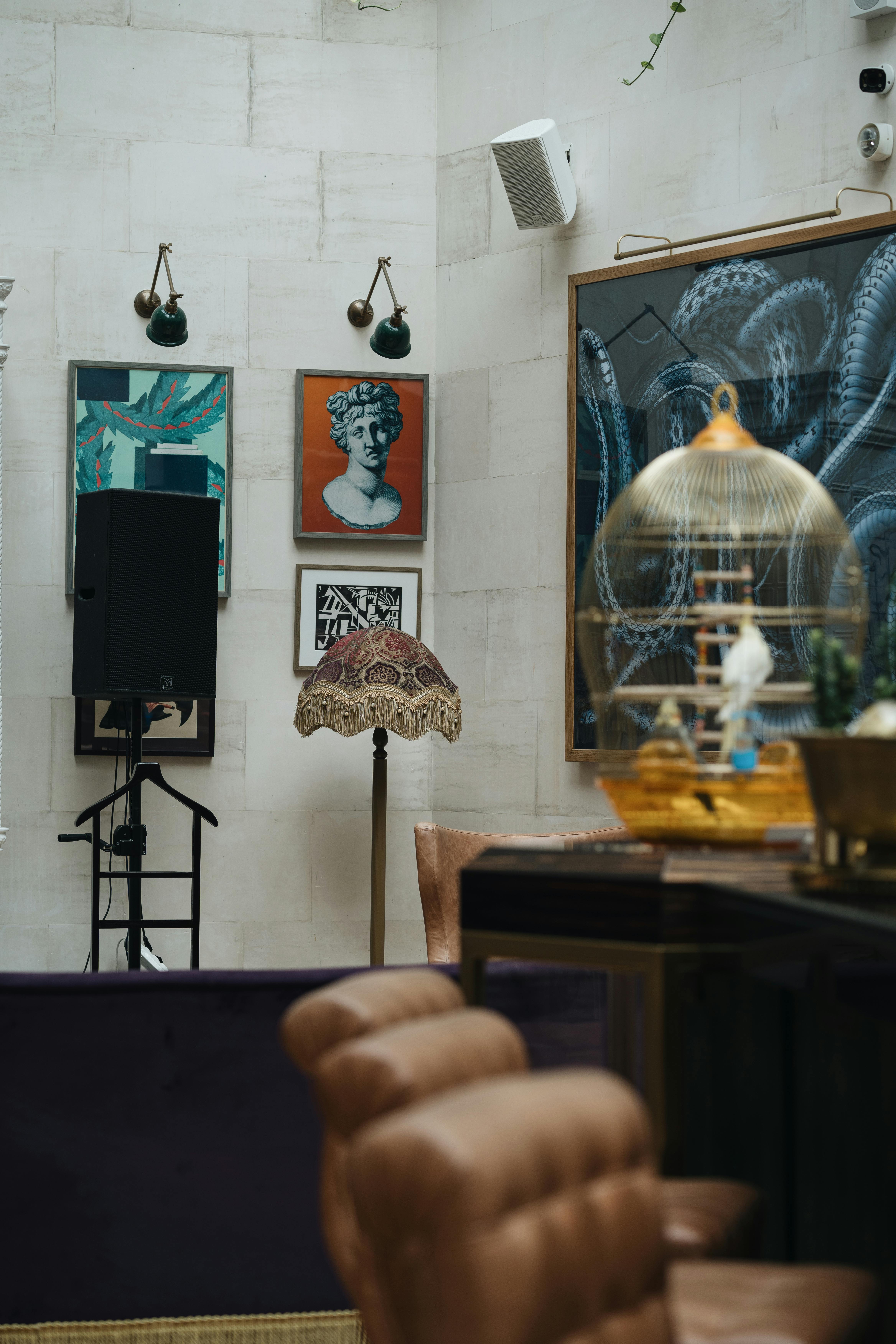
This Photo was taken by Gül Işık.
Climate control systems represent perhaps the most critical technological integration, maintaining precise environmental conditions that protect valuable collections while remaining completely unobtrusive to visitors. These systems monitor temperature, humidity, air quality, and even vibration levels to ensure optimal preservation conditions.
Security integration includes state-of-the-art surveillance, access control, and monitoring systems that provide comprehensive protection while maintaining the serene atmosphere essential to art appreciation. The most sophisticated installations feature biometric access controls and motion sensors that track visitor flow patterns to optimize spatial arrangements over time.
Smart gallery systems can even adjust lighting and environmental conditions automatically based on the specific requirements of exhibited pieces, ensuring that each artwork receives optimal treatment while maintaining overall design cohesion. This level of technological sophistication mirrors developments in luxury smart home design where technology serves human experience.
Interactive elements that deepen engagement
Contemporary gallery design increasingly incorporates subtle interactive technologies that provide visitors with deeper insights into collections without disrupting the contemplative atmosphere. These might include proximity-activated audio systems, discreet digital displays, or even augmented reality features accessible through personal devices.
The key lies in offering enhanced information and context while preserving the primary relationship between viewer and artwork. The most successful installations allow visitors to choose their level of engagement, from purely visual appreciation to detailed scholarly exploration.
Sustainable luxury in cultural preservation
Environmental consciousness has become integral to luxury gallery design, with leading specialists implementing sustainable systems that reduce environmental impact while maintaining the exacting standards required for art preservation. This approach aligns with broader trends in sustainable luxury design across Dubai’s cultural sector.
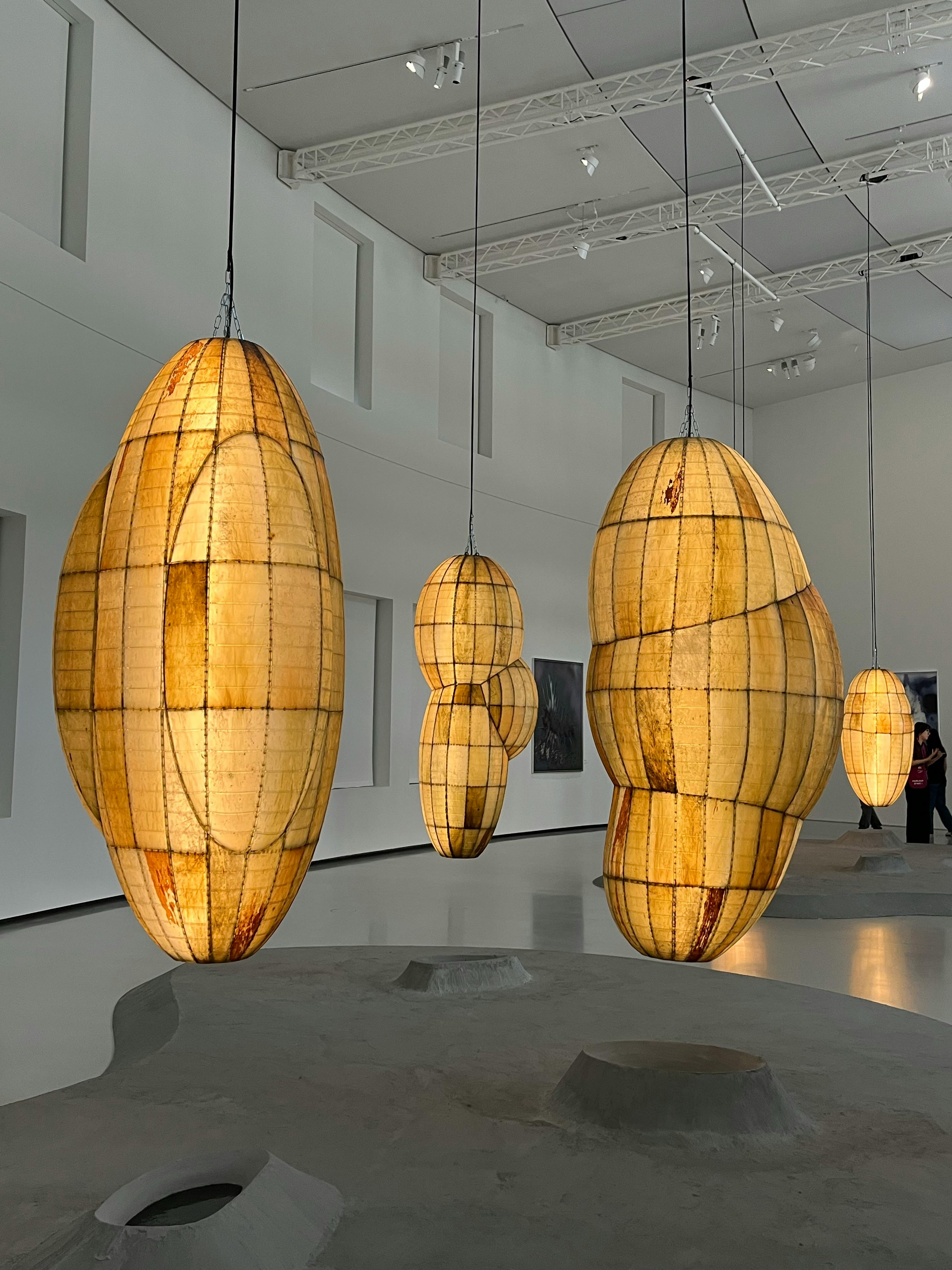
This Photo was taken by isaure devic.
Energy-efficient lighting systems, advanced HVAC technologies, and sustainable building materials allow galleries to minimize their environmental footprint while protecting priceless cultural assets. LED lighting systems, for instance, consume up to 75% less energy than traditional gallery lighting while producing less heat that could damage sensitive artworks.
Water management systems, renewable energy integration, and waste reduction protocols demonstrate that luxury and environmental responsibility can coexist in sophisticated cultural environments. Many new gallery projects achieve LEED certification while exceeding the
